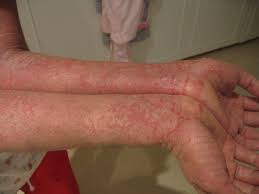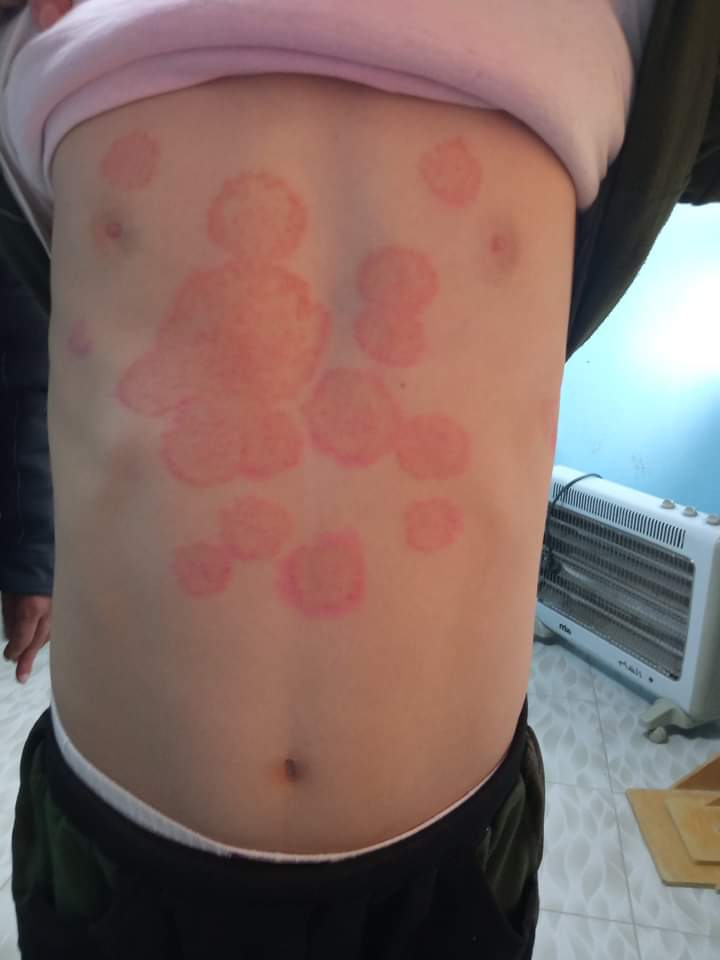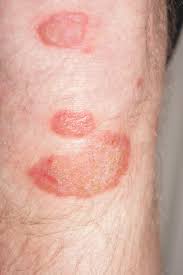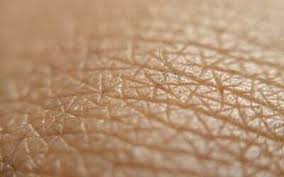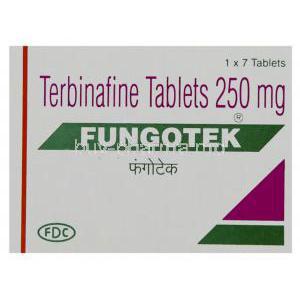Miclogenta-N Cream
- Introduction to Miclogenta-N Cream
- Composition and Active Ingredients
- How Miclogenta-N Cream Works
- Indications and Approved Uses of Miclogenta-N Cream
- Off-Label Uses of Miclogenta-N Cream
- Dosage and Administration of Miclogenta-N Cream
- Important Precautions Before Using Miclogenta-N Cream
- Common Side Effects of Miclogenta-N Cream
- Severe and Rare Side Effects of Miclogenta-N Cream
- Drug Interactions and Potential Risks
- Contraindications of Miclogenta-N Cream
- Warnings and Special Considerations
- Careful Administration Guidelines
- Administration of Miclogenta-N Cream in Special Populations
- Overdosage and Toxicity Management
- Storage and Handling Precautions
Introduction to Miclogenta-N Cream
Overview of Miclogenta-N Cream
Miclogenta N Cream is a skincare product created to fight against fungal infections as well as reduce inflammation in the skin effectively.
Classification and Therapeutic Category
Miclogenta N Cream falls under the group of antibiotics and corticosteroids with a two-fold effectiveness; combating microorganisms and soothing inflammatory skin reactions—a go-to in dermatology treatments.
Manufacturer and Brand Availability
Miclogenta N Cream is developed by firms and sold under different brand names in various regions around the world; its availability may differ depending on local regulations and medical standards.
Composition and Active Ingredients
Active Pharmaceutical Ingredients (APIs)
- Miconazole: An antifungal agent effective against dermatophytes and yeasts.
- Gentamicin: A broad-spectrum aminoglycoside antibiotic targeting bacterial skin infections.
- Betamethasone: A corticosteroid that reduces inflammation, redness, and itching.
![]()
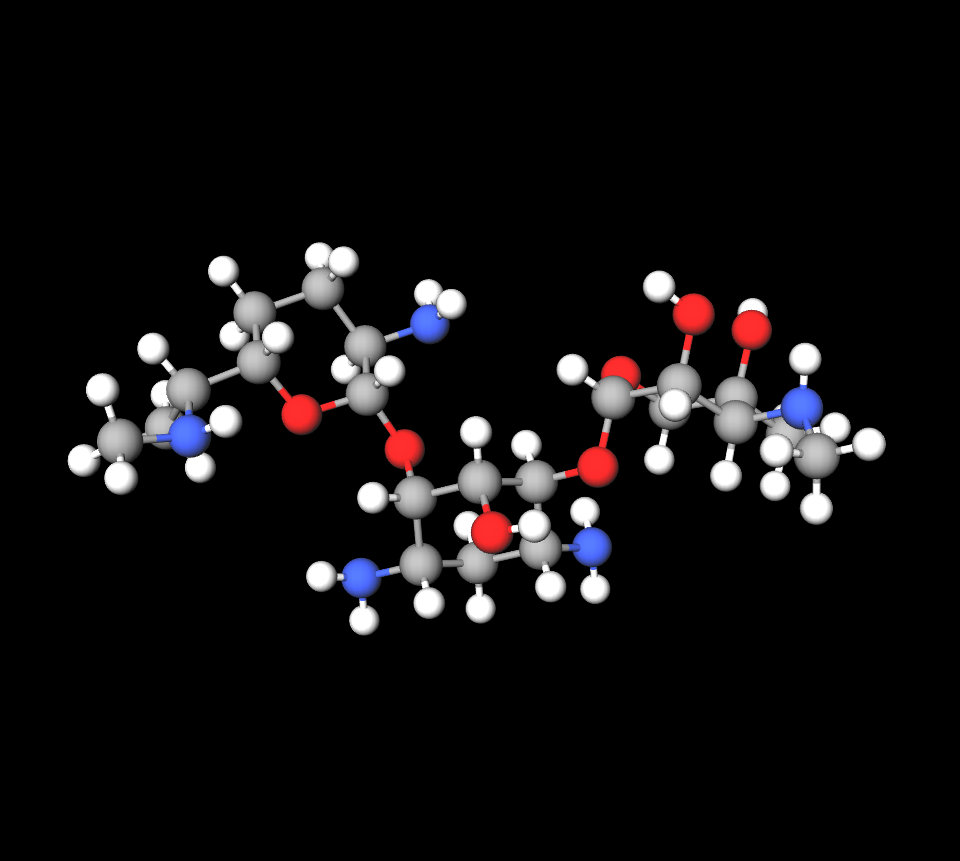
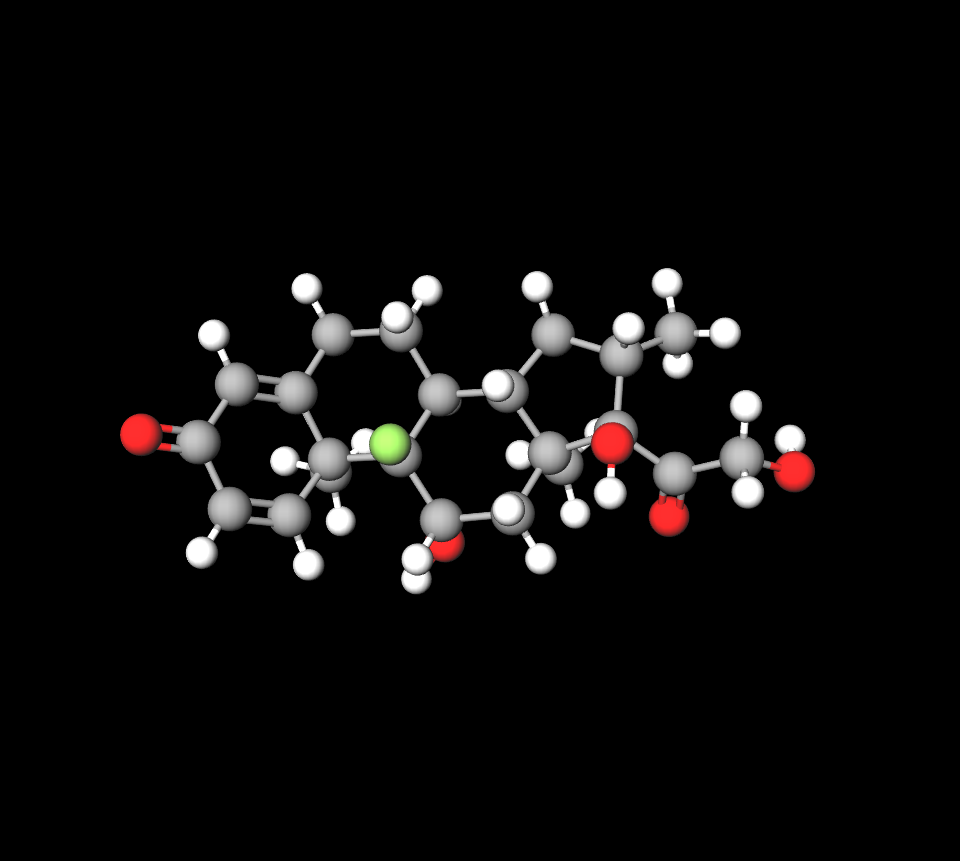
Mechanism of Action of Each Component
- Miconazole disrupts fungal cell membranes by inhibiting ergosterol synthesis.
- Gentamicin binds to bacterial ribosomes, inhibiting protein synthesis and leading to bacterial death.
- Betamethasone suppresses immune responses, thereby reducing inflammation and hypersensitivity reactions.
Additional Excipients and Their Roles
The mixture might consist of stabilizers and preservatives along with emollients to boost absorption capabilities and prolong product lifespan while also enhancing skin penetration ability.
Tioconazole vs miconazole
Tioconazole and miconazole are both types of medicines belonging to the class that are commonly prescribed for yeast infection treatment purposes. Miconazole boasts a range of effectiveness against infections compared to tioconazole; hence, it can also be used to address conditions such as athletes' foot and oral thrush.
Miconazole vs clotrimazole
Clotrimazole is often used for skin infections, while miconazole is typically preferred for treating infections; in practice, both can be applied interchangeably for either condition.
Ketoconazole vs miconazole
Ketoconazole is effective in treating infections such as candidiasis and blastomycosis, among others. At the same time, miconazole is commonly used to address conditions like ringworm and athlete's foot, with the additional benefit of being able to treat vaginal fungal infections as well.
Tolnaftate vs miconazole
In treating fungal infections, Tolnaftate and Miconazole work differently; Tolnafta hinders ergosterol production by impeding epoxidase activity, while Miconazole disrupts ergosterol synthesis through the inhibition of the CYP450 14α lanosterol demethylase enzyme, which affects cell membrane structure.
Geneticin vs gentamicin
Geneticin is a 2 deoxystreptamine antibiotic that shares similarities, with gentamicin B. Gentamicin is an antibiotic known for its strong efficacy, against Gram negative bacteria.
Gentamicin vs mupirocin
Gentamicin is an antibiotic that can fight a range of bacteria, including both gram-positive and gram-negative types; on the other hand, mupirocin is specifically effective against gram-positive bacteria.
Vancomycin and gentamicin
In care units (ICUs), vancomycin and gentamicin are commonly employed as antibiotics to combat bacterial infections effectively together, specifically for treating severe cases of methicillin-resistant Staph yl o coccus aureus (MRSA).
Ampicillin and gentamicin
In neonates with community-acquired sepsis, a common treatment is to use ampicillin and gentamicin since this combination is known to work against bacteria, both Gram-positive and Gram-negative, during the neonatal stage.
Tobramycin vs gentamicin
Both Tobramycin and gentamicin belong to the group of aminoglycoside antibiotics. They are commonly prescribed for treating bacterial infections, with Tobramycin showing stronger efficacy against Pseudomonas aeruginosa, while Gentamicin is more effective against Enterobacteriaceae bacteria.
Betamethasone dipropionate
Betamethasone Dipropionate is a known medicine often prescribed for treating psoriasis vulgaris skin condition symptoms such as redness and itching by reducing inflammation and discomfort levels in adults with mild to moderate plaque psoriasis when used alongside calcipotriol gel for optimal management of the condition.
Clotrimazole and betamethasone
Clotrimazole combined with betamethasone is commonly prescribed for treating infections as it effectively eliminates the fungus or hinders its development process. Betamethasone serves to alleviate symptoms, like redness and itching associated with infections by acting as a cortisone medication that reduces inflammation and discomfort.
Betamethasone valerate
This medicine is prescribed for skin issues, like eczema and rash, to reduce swelling and itching effectively due to its medium-strength corticosteroid properties.
Betamethasone vs hydrocortisone
Betamethasone skin medications are more potent than skin treatments like hydrocortisone and are typically recommended when alternative remedies prove ineffective, with Betamethasone skin therapies exclusively accessible through prescriptions.
How Miclogenta-N Cream Works
Pharmacodynamics and Mechanism of Action
Miclogenta N Cream works by addressing both infections and inflammatory processes to provide relief from symptoms and avoid future occurrences.
Role in Treating Bacterial and Fungal Infections
Its ability to effectively treat a range of infections makes it a top choice for dermatologists faced with cases involving unclear causes of microbial infections.

Anti-Inflammatory Properties
The corticosteroid helps regulate responses by reducing inflammation and protecting the skin from infections caused by weakened barriers.
Indications and Approved Uses of Miclogenta-N Cream
Primary Dermatological Conditions Treated
- Fungal and bacterial coinfections
- Inflammatory dermatoses with superimposed infections
- Post-procedural dermatological care
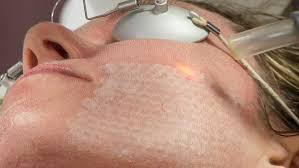
Bacterial Skin Infections
Fungal Infections
Inflammatory Skin Conditions
Common Patient Profiles for Prescription
- Patients with recurrent fungal infections
- Individuals with compromised skin barriers
- Those experiencing severe pruritus with suspected infection
Off-Label Uses of Miclogenta-N Cream
Non-Approved Dermatological Conditions
Sometimes, doctors might recommend it for issues that don't fall into officially approved categories.
Use in Mixed Infections
Complex infections that involve both fungal components are often treated without indication of the approach used.
Experimental Applications in Dermatology
Certain studies investigate how well it works for conditions such as dermatitis and perioral dermatitis, where microbial activity is of lesser importance.
Dosage and Administration of Miclogenta-N Cream
Standard Application Guidelines
Make sure to spread an amount on the problem area two times a day without rubbing too hard.
Frequency and Duration of Use
Short-term treatment typically ranges from 7 to 14 days. Only use for a period, with guidance from a professional.
Application Techniques for Maximum Efficacy
Wash and dry the affected area before application. Avoid occlusive dressings unless instructed by a healthcare provider.

Adjustments for Different Skin Conditions
It is suggested to use corticosteroids for a period in areas with inflammation to reduce negative impacts.
Important Precautions Before Using Miclogenta-N Cream
Skin Sensitivity Testing
Before using it for the time make sure to do a patch test to check for any reactions.
Avoiding Prolonged Use
Using a product for a period raises concerns about skin thinning vulnerability to microbes and absorption into the body system.
Monitoring for Adverse Reactions
Patients should stop using the product if they experience irritation or swelling or if their symptoms worsen significantly.
Common Side Effects of Miclogenta-N Cream
Mild Allergic Reactions
Localized Irritation and Redness
Dryness and Peeling of the Skin
Extended usage could result in skin dryness. It may require moisturizing treatments.
Severe and Rare Side Effects of Miclogenta-N Cream
Systemic Absorption-Related Side Effects
Although Miclogenta-N Cream is a topical formulation, prolonged use or application over large surface areas can lead to systemic absorption. This may result in:
- Suppression of adrenal function due to corticosteroid absorption.
- Potential nephrotoxicity or ototoxicity from gentamicin, especially in patients with pre-existing renal impairment.
- Metabolic disturbances such as hyperglycemia or electrolyte imbalance.
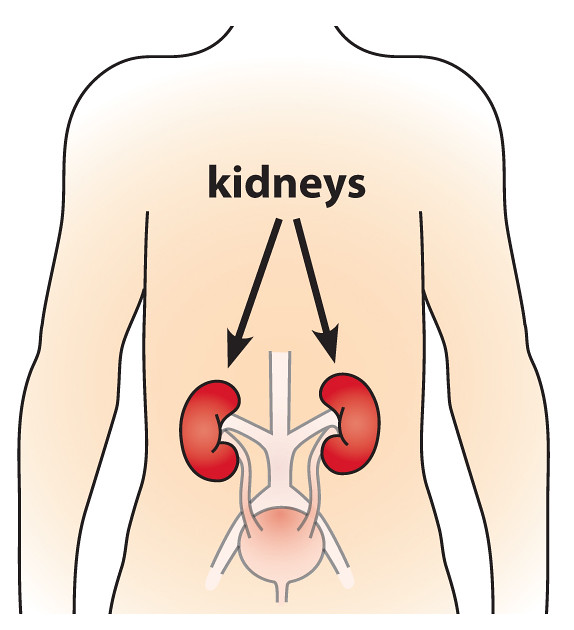
Severe Allergic Reactions and Anaphylaxis
While uncommon, hypersensitivity reactions can manifest as:
- Generalized urticaria, angioedema, or severe pruritus.
- Bronchospasms leading to respiratory distress.
- Anaphylactic shock requiring immediate medical intervention.
Patients with a history of severe drug allergies should undergo skin testing prior to use.
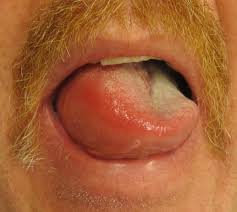
Contact Dermatitis and Worsening Skin Conditions
Paradoxically, some individuals may experience aggravated dermatitis due to:
- Prolonged corticosteroid use leads to perioral dermatitis or rosacea-like eruptions.
- Increased fungal proliferation if used improperly.
- Skin atrophy, striae, or telangiectasia in sensitive individuals.
Drug Interactions and Potential Risks
Interaction with Other Topical Medications
Concurrent use with other dermatological agents may result in altered efficacy or enhanced toxicity:
- Increased absorption of corticosteroids when combined with occlusive dressings.
- Reduced antifungal activity when used with other azole-based antifungals.
- Potential for synergistic irritation with retinoids or benzoyl peroxide.
Effects When Used with Systemic Antibiotics or Antifungals
Oral or intravenous antimicrobials may enhance or diminish the effects of Miclogenta-N Cream:
- Concomitant aminoglycoside therapy increases the risk of nephrotoxicity.
- Systemic corticosteroids may amplify immune suppression, predisposing to secondary infections.
- Oral antifungals may negate the need for topical application in widespread infections.
Contraindicated Combinations
Miclogenta-N Cream should not be used with:
- Other potent topical corticosteroids due to cumulative suppression of skin barrier function.
- Non-steroidal anti-inflammatory topical agents that may exacerbate skin irritation.
- Medications known to induce hypersensitivity reactions when combined with its components.
Contraindications of Miclogenta-N Cream
Known Allergies to Active Ingredients
People who are highly sensitive to miconazole, gentamicin, or betamethasone should refrain from using it as there is a possibility of reactions occurring.
Use in Patients with Specific Skin Conditions
Miclogenta-N Cream is contraindicated in:
- Untreated viral skin infections (e.g., herpes simplex, varicella).
- Perioral dermatitis or acneiform eruptions where corticosteroids exacerbate symptoms.
- Patients with chronic ulcerative lesions due to delayed wound healing.
Situations Requiring Alternative Treatments
Alternative therapies should be considered in cases of:
- Pregnancy-related dermatoses requiring safer alternatives.
- Neonatal skin conditions where systemic absorption poses higher risks.
- Patients with impaired hepatic or renal function require modified treatment strategies.
Warnings and Special Considerations
Risk of Antibiotic Resistance
Prolonged use can lead to resistant bacterial or fungal strains, reducing treatment efficacy and complicating future infections.
Potential Hormonal Interactions
Prolonged use or extensive application of corticosteroids could disrupt the body's natural hormone levels.
Increased Sensitivity in Certain Skin Types
People with skin or existing skin conditions could have reactions to the medication's side effects.
Gentamicin toxicity symptoms
Damage to the kidneys and renal failure may occur along with nerve damage and ototoxicity, which can lead to issues with hearing loss or ringing in the ears (known as tinnitus). Additionally balance problems may arise along with difficulties, in memory retention and concentration accompanied by fatigue symptoms. A condition called oscillopsia can also cause bouncing vision.
Gentamicin ototoxicity
Reports of gentamicin causing damage to hearing or affecting balance have been widely reported. They are frequently permanent in nature. The occurrence of hearing or balance issues due to the drugs use has been calculated to be around 11%.
Careful Administration Guidelines
Patients with Pre-Existing Skin Disorders
Continuous observation is crucial in cases such as eczema or rosacea when the application of corticosteroids could result in the recurrence of symptoms.
Use in Immunocompromised Individuals
This medication could pose a risk of infections for patients with HIV/AIDS or those receiving immunosuppressive therapy.
Patients with a History of Drug Hypersensitivity
Having previously experienced allergies to corticosteroids, antifungals, or aminoglycosides, it is important to proceed with caution when administering treatment and consider conducting patch testing for safety measures.
Administration of Miclogenta-N Cream in Special Populations
Administration to Elderly Patients
Skin Sensitivity Considerations
As skin ages, it becomes thinner and more susceptible to effects, so it's important to apply products.
Risk of Prolonged Absorption
Elderly people are more prone, to experiencing effects because their bodies have a decreased ability to clear out metabolic substances efficiently.
Administration to Pregnant Women and Nursing Mothers
Safety Profile in Pregnancy
There is no research regarding the safety of using this on unborn babies, so it's best to only use it when the advantages are greater than the potential risks involved.
Potential Risks for Breastfeeding Infants
There is a concern that corticosteroids or antibiotics could be passed through breast milk, so it's important to be careful about it.
Administration to Children
Pediatric Dosage and Precautions
It is advisable to use the short-term application under monitoring to avoid absorption into the system.
Risks of Systemic Absorption in Infants
Babies have skin that's more permeable than adults, which raises the risk of suppression or antibiotic toxicity occurring.
Overdosage and Toxicity Management
Symptoms of Overdose
Signs of excessive application include:
- Skin atrophy, telangiectasia, or ulceration.
- Systemic corticosteroid effects such as Cushingoid features.
- Gentamicin toxicity presents as dizziness or kidney dysfunction.
Emergency Measures and Medical Interventions
In cases of overdose:
- Discontinue use immediately.
- Initiate symptomatic treatment (e.g., topical emollients for irritation, systemic steroids tapering if necessary).
- Hospitalization may be required for severe systemic reactions.
Long-Term Consequences of Excessive Use
Chronic misuse may lead to skin thinning, microbial resistance, and hormonal dysregulation.
Storage and Handling Precautions
Recommended Storage Conditions
Store in a cool, dry place away from direct sunlight and heat sources to maintain stability.
Shelf Life and Stability
Check expiration dates regularly; avoid using expired formulations to prevent diminished efficacy.
Safe Disposal Methods
Make sure to get rid of any leftover medication by adhering to the regulations on pharmaceutical waste disposal in your area.


